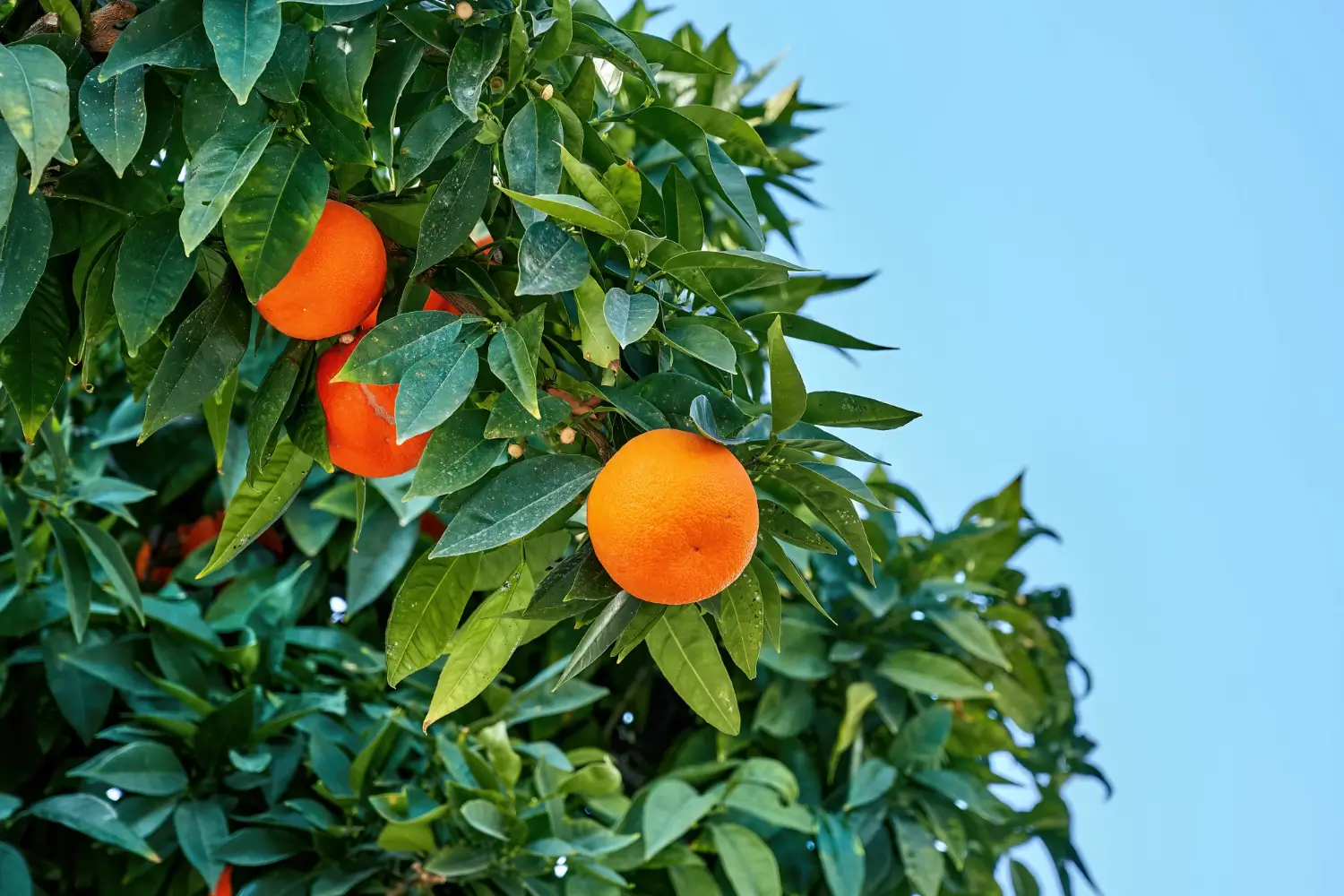
Soil Health & Fertilization
We unite suppliers and green industry professionals worldwide
Famed for its dazzling late-season color, this popular red maple cultivar puts on a dazzling show when most trees have already shed their leaves. It’s a fabulous shade tree no matter the season.
By Mariam Scott
|Published on June 12, 2025
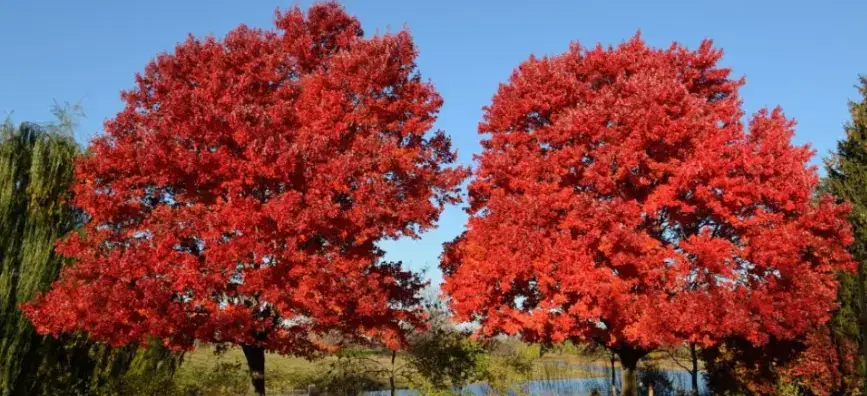

“Can a single tree set your whole yard ablaze—with color, that is?”
That’s precisely what the October Glory maple (Acer rubrum ‘October Glory’) does. Famed for its dazzling late-season color, this popular red maple cultivar puts on a dazzling show when most trees have already shed their leaves. As its name suggests, it waits until late October or even early November to explode into rich scarlets, oranges, and deep crimson tones—making it one of the latest and most dramatic fall color displays you can grow.
But October Glory isn’t just a fall favorite. Considering its rapid growth, ornamental oval crown, and ability to adapt to urban environments, it’s a fabulous shade tree no matter the season. From spring flowers to glossy green summer leaves and fiery autumn hues, it earns its keep in every season.
| Common Name | October Glory Maple |
| Botanical Name | Acer rubrum ‘October Glory’ |
| Type | Deciduous tree |
| Height/Spread | 40–50 feet tall, 25–35 feet wide |
| Sunlight | Full sun to partial shade |
| Soil | Moist, acidic, well-drained |
| Watering | Moderate, especially when young |
| Bloom Period | Early spring (small red flowers) |
| Hardiness Zones | USDA 4–9 |

September 25, 2025
9 minute read
September 24, 2025
9 minute read
September 23, 2025
10 minute read
September 22, 2025
9 minute read


Join as a seller and connect with thousands of B2B buyers nationwide!
Sign Up
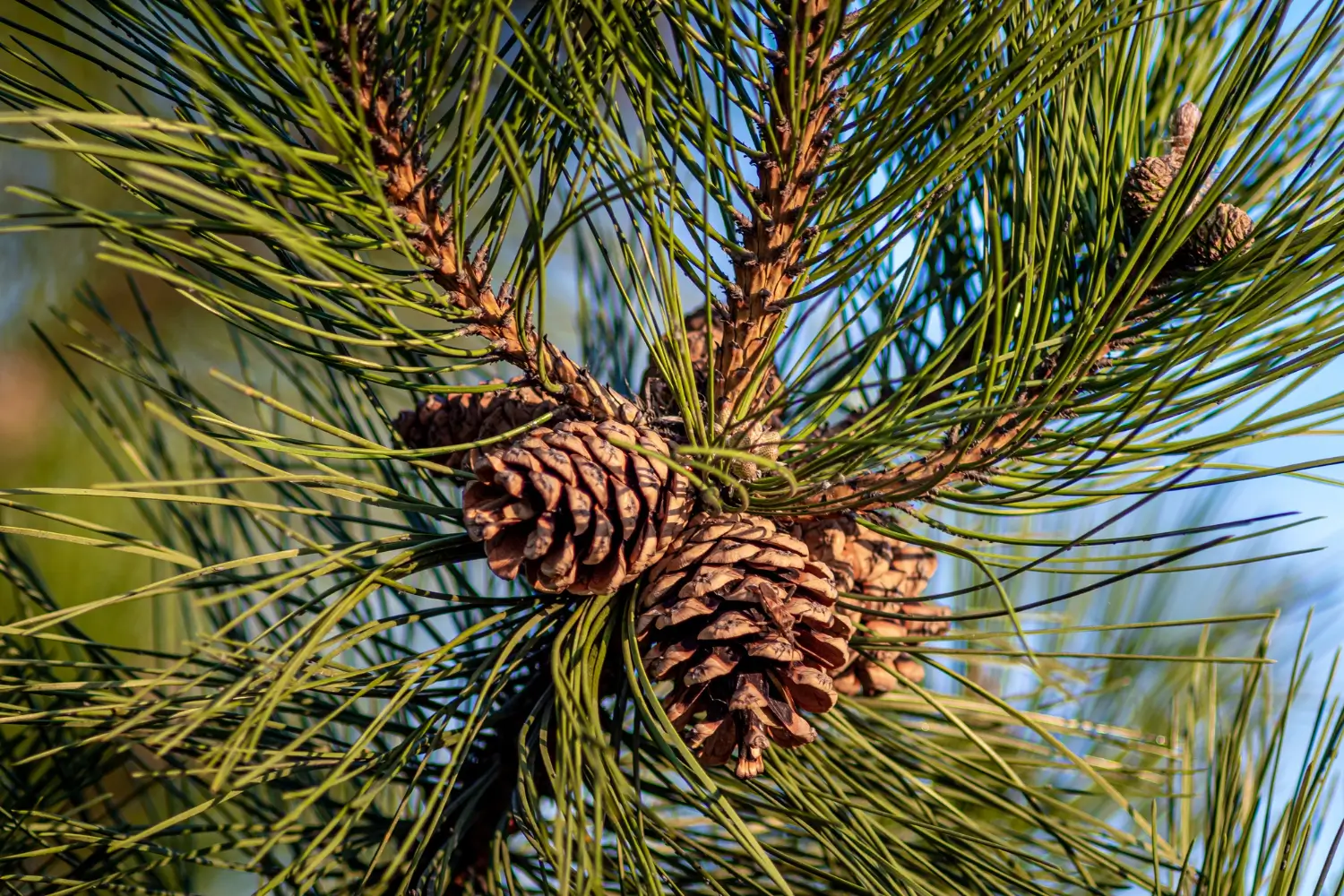
Jack Pine
To round out your garden or natural area, consider adding the Jack Pine, which is a rugged and hardy tree.

Kalanchoe
If you’re looking for a resilient and colorful plant that requires minimal upkeep, kalanchoe is the perfect choice.
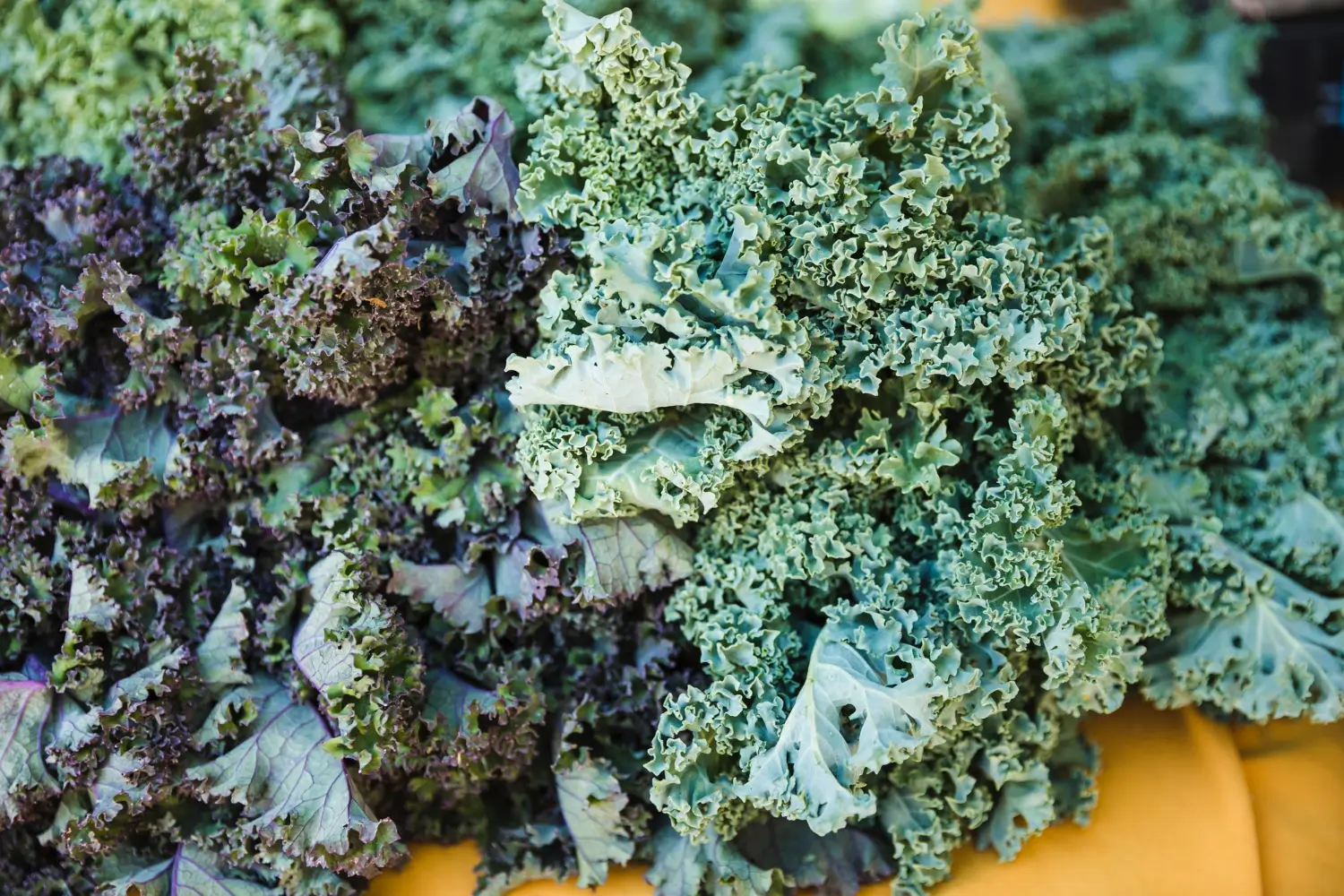
Kale
Few leafy greens are as versatile and nutritious as Kale (Brassica oleracea)
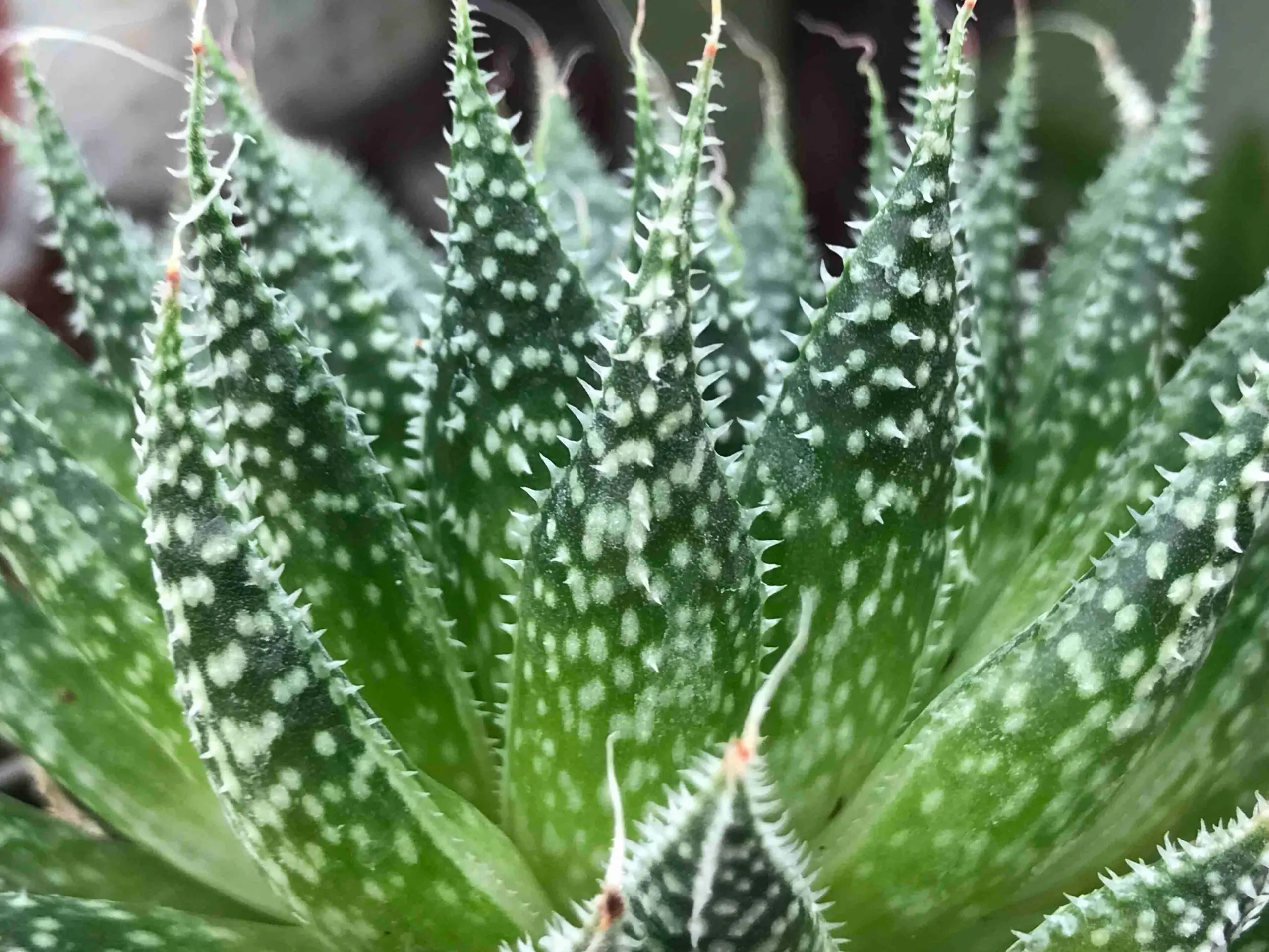
Lace Aloe
Lace Aloe (Aloe aristata) is a compact, ornamental succulent known for its graceful, lace-like white markings and soft yet spiky rosettes.
October Glory Maple is appreciated for its relatively low-maintenance once established. Provide it room to expand and a site with fertile, somewhat acidic soil and it will thrive for decades. New trees require regular watering and mulching to hold moisture and suppress grass competition. In return, you receive shade, beauty, and seasonal drama with very little work on your part. This maple thrives in city and suburban settings, thanks to its tolerance of air pollution and compacted soils.
October Glory grows in full sun, where it can achieve its best form and brightest fall color. It tolerates partial shade, particularly in warmer zones, but too much shade may dull its signature fall display and slow down growth. At least 6 hours of direct sun per day is best for colorful leaves and strong branching.
This maple thrives in moist, slightly acidic, well-draining soil. It prefers loamy soil but will thrive in sandy or clay-heavy sites if there is a good drainage. It’s not picky, but alkaline soil can lead to chlorosis (yellowing leaves). To enrich the soil and support long-term health, incorporate compost or leaf mold at planting and top-dress periodically as it matures.
Young October Glory trees should be watered regularly. In the first few years, water deep once or twice a week, especially in dry weather. Once established, the tree is quite drought-tolerant, but occasional deep watering during hot spells helps prevent stress. Avoid letting the soil become soggy or compacted, as this can weaken the root system.
October Glory Maple needs very little pruning, especially if planted with enough space to spread naturally.
October Glory is usually propagated by grafting rather than from seed or cuttings. Because it is a cultivated variety, seeds from the tree don’t produce true-to-type offspring.
This is a large tree, so container growing is not a long-term solution—but you can grow October Glory in pots temporarily if you're starting with a young sapling.
Plan to transplant into the ground within a year or two, as the tree will quickly outgrow the container.
Once established, October Glory Maple is one of the most cold-hardy maples possessing the ability to stand as low as USDA Zone 4. But young trees do need a little protection for the first winter or two.
Mulch the base to insulate roots and prevent freeze-thaw cycles. In zones with harsh winter winds, wrapping the trunk with burlap will help prevent sunscald and cracking. Watering well before the ground freezes helps trees head into dormancy well-hydrated, which is especially important after a dry fall.
You might be surprised to learn that October Glory has a spring show as well. In early spring, before the leaves come out, small clusters of bright red flowers appear, providing a bit of color during the winter months. Though not as flashy as fall foliage, these blooms are a vital nectar resource for early pollinators. They are soon followed by reddish winged seeds called samaras, though grafted cultivars tend to produce fewer seeds than wild red maples.
October Glory is quite pest- and disease-resistant, but a few things to look out for are:
October Glory was developed in the 1960s to extend the fall color season—making it one of the latest-turning red maples available.
The October Glory Maple is far more than a fall showstopper—it’s a tree that offers year-round presence and performance. From its modest spring flowers to its brilliant scarlet finale in late autumn, it’s a landscape staple that earns its space with ease. Whether you're looking to frame your home, line a street, or simply enjoy a reliable splash of fall fire, this tree truly lives up to its glorious name.
Yes! Its broad canopy and fast growth make it one of the best shade trees for residential yards.
Not compared to wild red maples. October Glory produces quite less seeds than the rest of the other cultivars.
Early spring or fall is best, giving roots time to establish before extreme heat or cold.
Poor sunlight or nutrient imbalance, particularly high nitrogen, can result in diminished fall color. Drainage could be poor, and the pH of the soil could be a factor as well.

Soil Health & Fertilization
Victor Miller
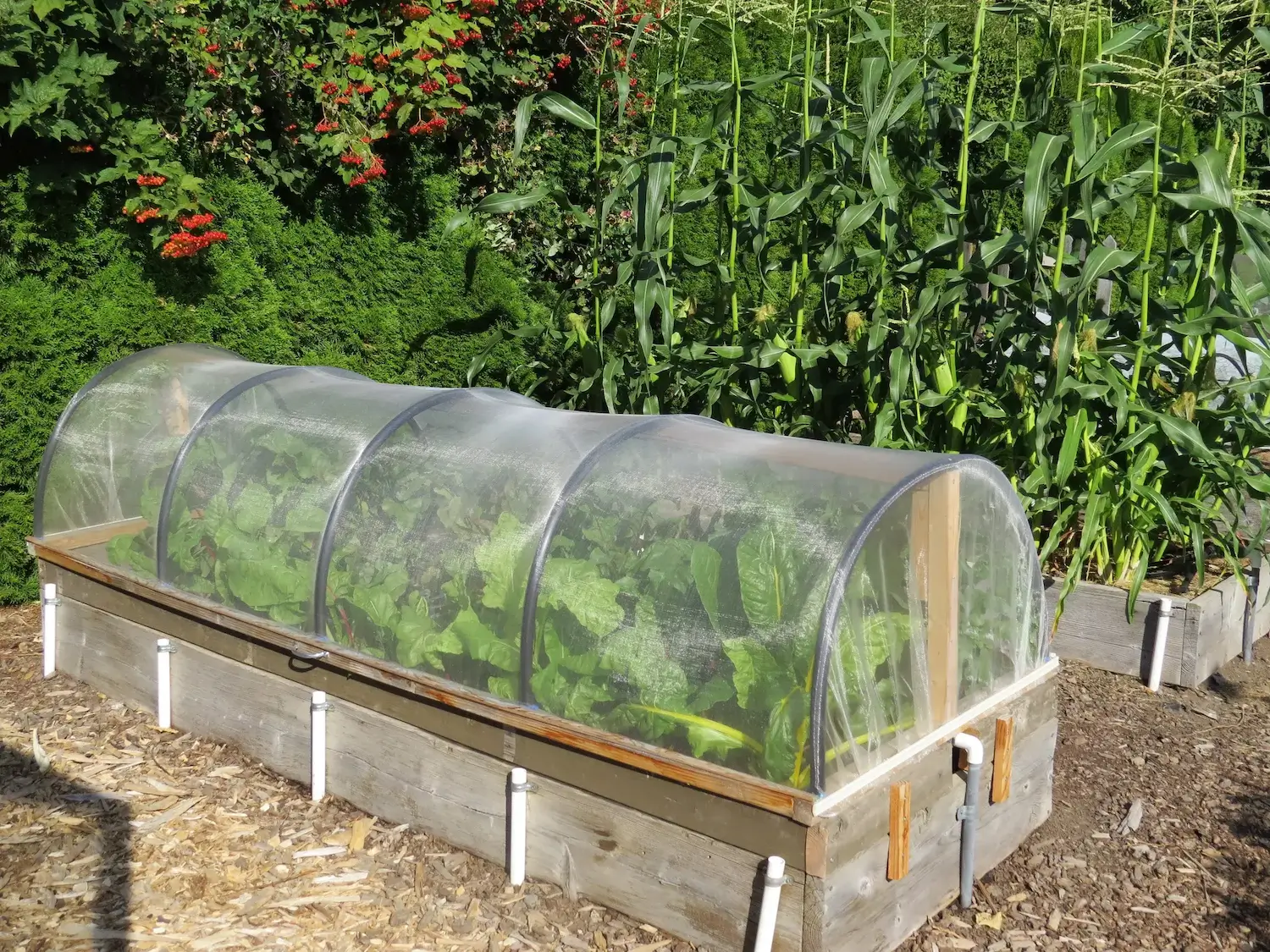
Pest Identification & Prevention
Victor Miller

Lawn Care Tips & Maintenance
Victor Miller
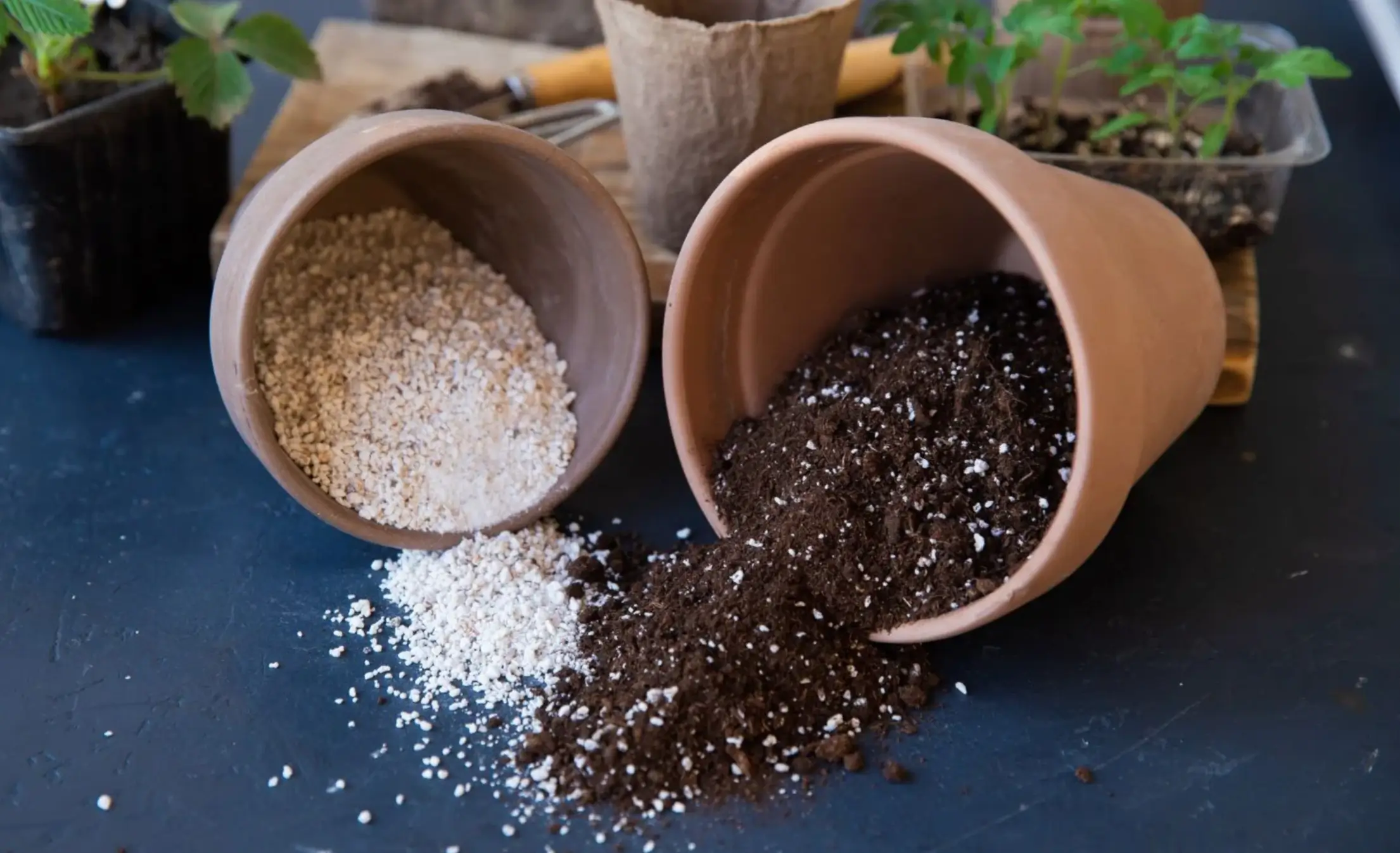
Soil Health & Fertilization
Victor Miller

Smart Irrigation Systems
Victor Miller

Patios, Walkways & Driveways
Victor Miller
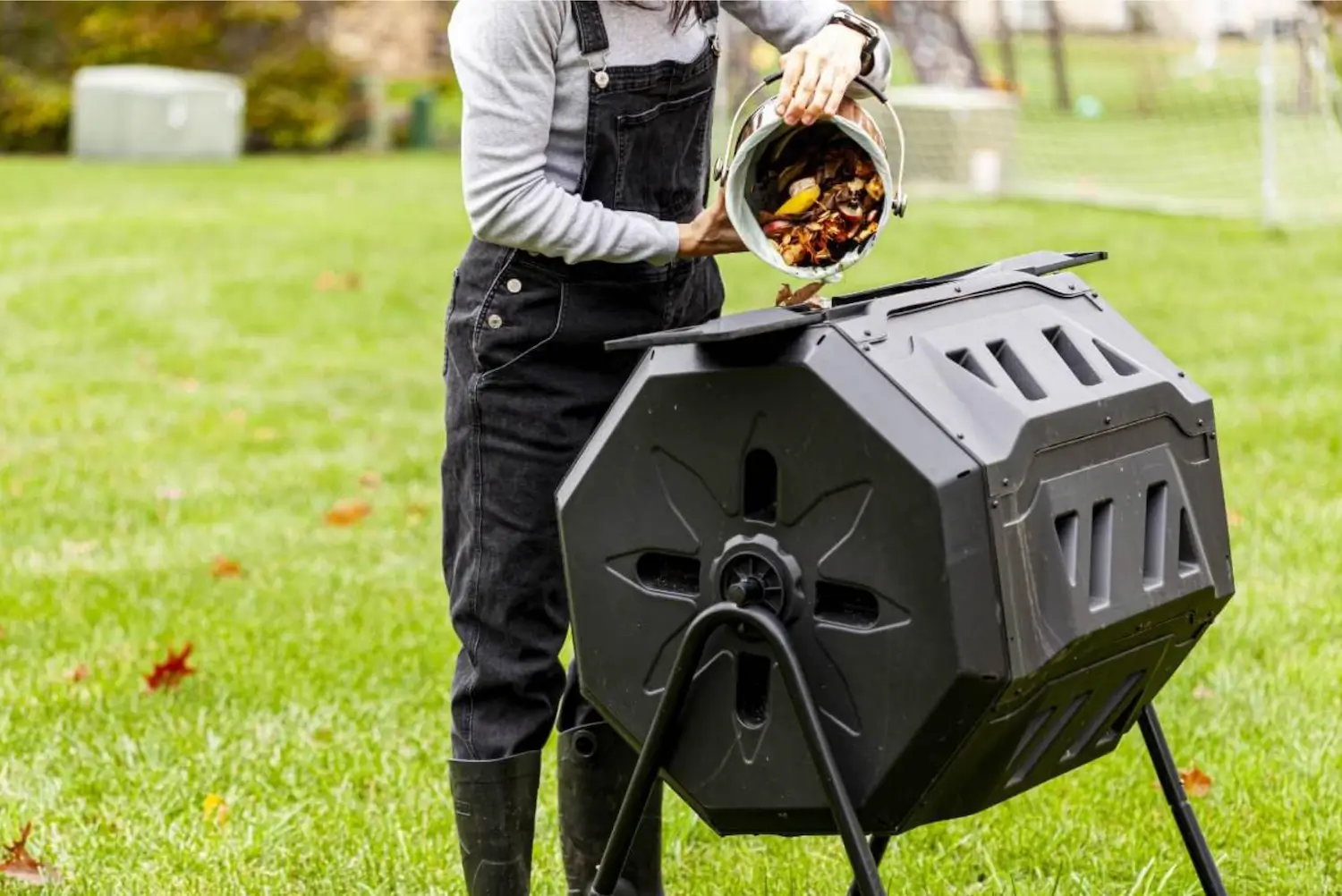
Soil Health & Fertilization
Victor Miller
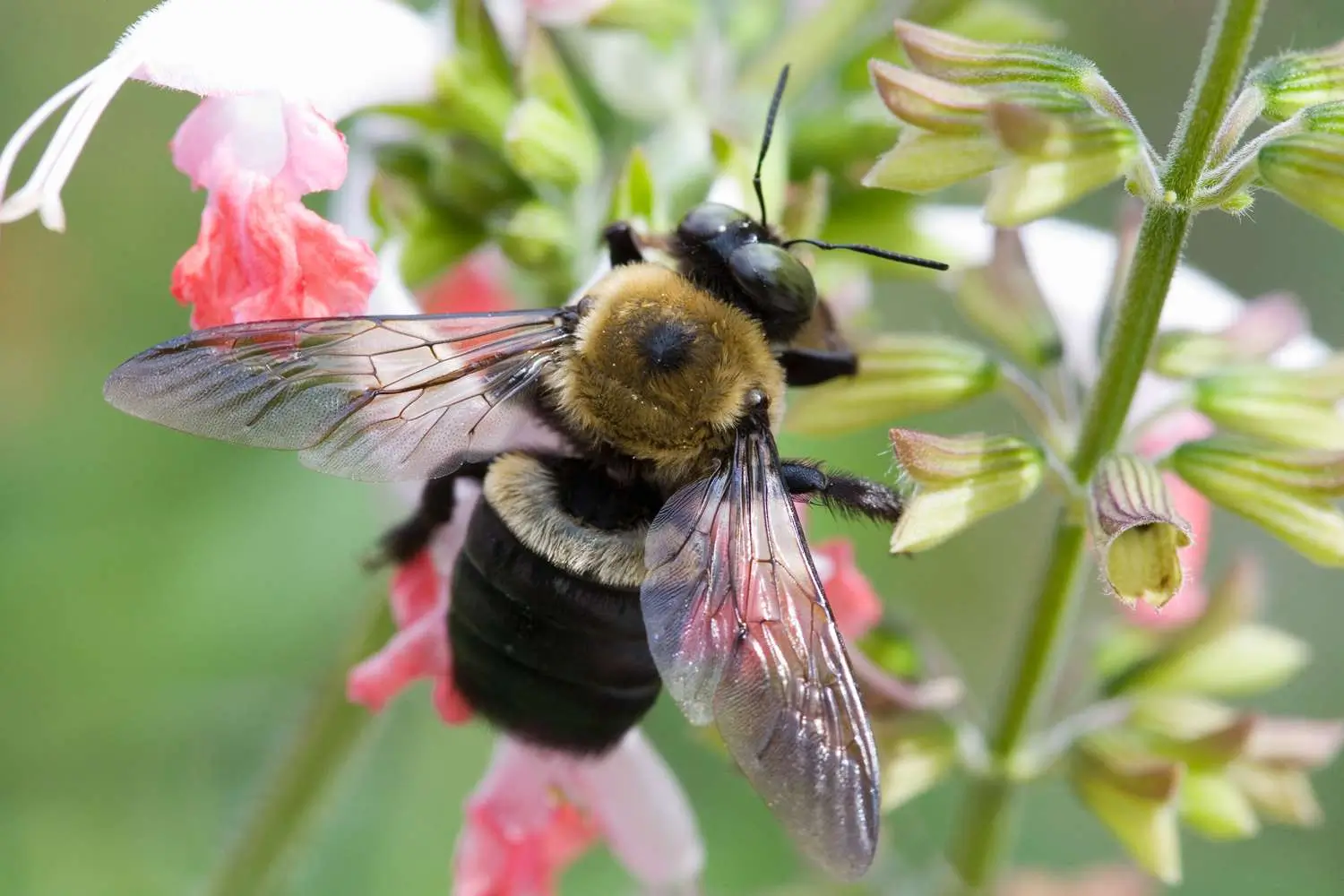
Pest Identification & Prevention
Victor Miller
My Account
Our team is always here to help.
We are open Monday - Friday, 9:00 AM to 4:30 PM PST.